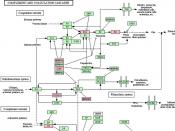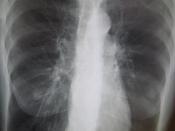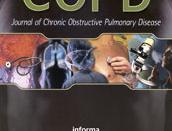Question 1
The man with a ruptured spleen would have a splenectomy. A splenectomy is a procedure of which the splenic artery is tied off to prevent life-threatening hemorrhage and shock. This procedure can be done in two ways either a classical open method or by using the modern laparoscopic method. The laparoscopic Splenectomy is a safe procedure, and can provide less postoperative morbidity in experienced hands, as open splenectomy. With the gentlemen's case, the type of splenectomy will depend upon the size of the spleen. If he has a large spleen it is easier to remove it by means of the open method. However he would have better healing time if he has a small to moderate size spleen and the laparoscopic method could be used.
Sources:
Text page 669
www.laparoscopynet.com/procedure/spenectomy.htm
Question 2
Anything that prevents the normal return of lymph to the blood, such as blockage of the lymphatics by tumors or removal of lymphatics during cancer surgery, results in short-term but severe localized edema.
A complication which could occur after a radical mastectomy is Lymphedema. This condition may occur when the lymph nodes are removed. The arm on the affected side sometimes becomes swollen when the lymph system is damaged by lymph node removal or radiation. Sometimes it resolves on its own, but the condition can become chronic.
Source:
Text page 664
www.oncologychannel.com/breastcancer/mastectomy/preop.shtml
Question 3
The rational behind not medicating a fever of 100.4 is because at this temperature the body is no danger, instead the body is using the increased temperature to fight off potential problems. When in an adult the fever reachers to about 103 degrees F or higher, it could be dangerous. In young children or infants, however, even slightly elevated temperatures may indicate a serious infection. In newborns, a subnormal temperature - rather...


